If you fly a lot and want the best SkyMiles credit card, you’re probably after some great perks, a big welcome bonus, and a good way to rack up miles quickly. Delta teams up with American Express to give you a few different card options, each one fitting how you like to travel and spend. It’s super important to know what each card offers and what it costs, whether you care most about airport lounges, free bags, or companion tickets. This guide breaks down the top picks—the Gold, Platinum, and Reserve cards. We’ll compare their rewards, annual fees, and cool features like MQMs, so you can get the most out of your travels.
Table of Content
- Analyzing Top-Tier Delta SkyMiles Credit Card Options
- Maximizing Mileage Earnings and Redemption Strategies
- Annual Fees, Waivers, and Cost-Benefit Analysis
- Balance Transfers, APR, and Financial Management
- Comparative Analysis with Competing Travel Cards
- Sustainable Travel and Ethical Considerations
- Conclusion and Next Steps
- Frequently Asked Questions (FAQ)
Let’s check out the best Delta SkyMiles credit card options.
We’ll look at the premium travel perks and see if the annual fee is worth it.
First up, the Delta SkyMiles Reserve Card. It gives you top-notch benefits like Delta Sky Club access, free upgrades, and a yearly Companion Certificate. But that $550 annual fee is pretty steep, so you’ll need to travel a lot to make it pay off.
On the other hand, the Gold Royal Trust Credit Card has a lower fee, which is easier on your wallet, but you don’t get as many fancy perks. If you fly Delta regularly, especially if you hit the lounge a few times a year, the Reserve’s benefits can definitely be worth the cost.
Now, the Platinum Delta SkyMiles Card is a great middle ground. For a $250 annual fee, you get solid benefits: no checked bag fees, priority boarding, and those yearly companion certificates.
Just think, if you save $60 on bags each round-trip, two trips basically cover the annual fee right there. Plus, the card helps you earn Medallion Qualification Miles (MQMs) faster, which is a huge help for getting elite status—something most regular travel cards don’t offer.
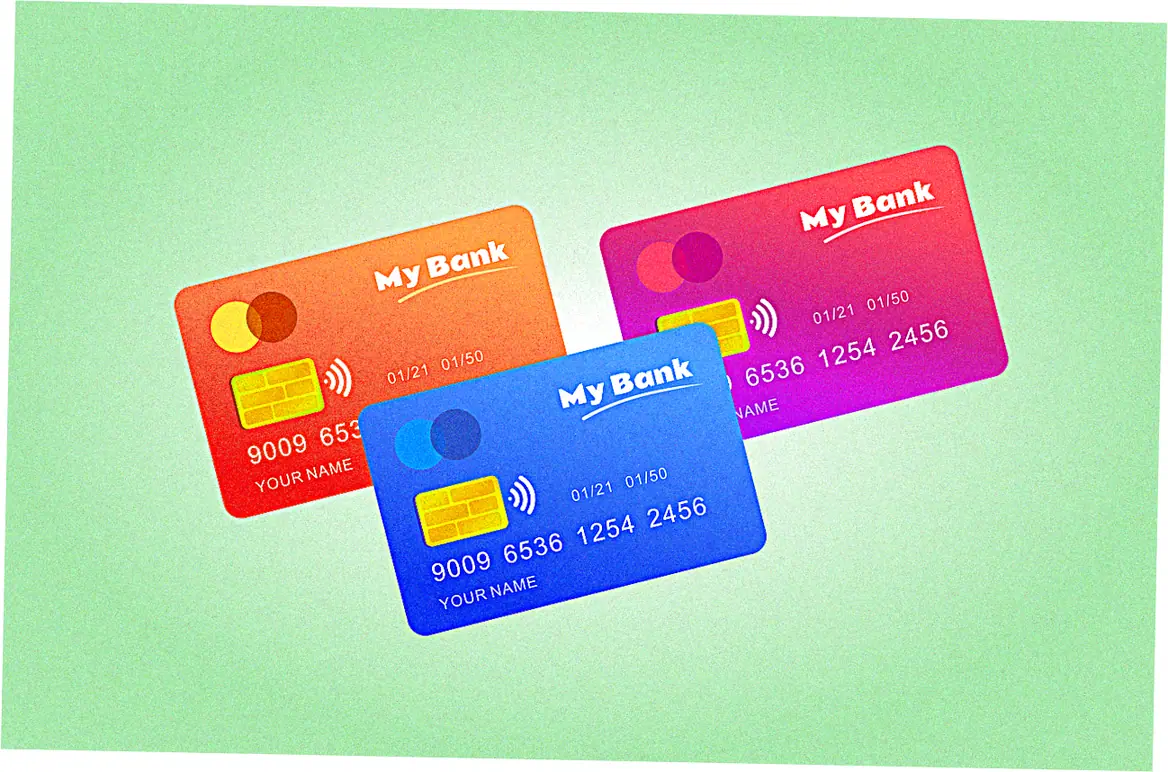
Now, let’s talk about welcome bonuses and what you need to spend to get them.
Right now, welcome bonuses on Delta cards can be anywhere from 40,000 to 100,000 miles. To get them, you usually need to spend between $2,000 and $5,000 in the first three months. The Platinum Delta SkyMiles Card often has bonuses around 90,000 miles.
That’s enough for a free round-trip flight within the US. But if you apply during a special promotion—like around the holidays or when Delta announces a new partner—you might snag an even bigger bonus.
To hit that spending requirement, you gotta have a plan. A good trick is to use the card for bigger bills you already have, like insurance or family stuff. That way, you’re not spending extra money just to get the bonus.
Don’t try to manufacture spending. Just use the card for your normal everyday budget. Just remember, if you don’t hit the spending amount, you lose the bonus. It’s a mistake a lot of new people make.
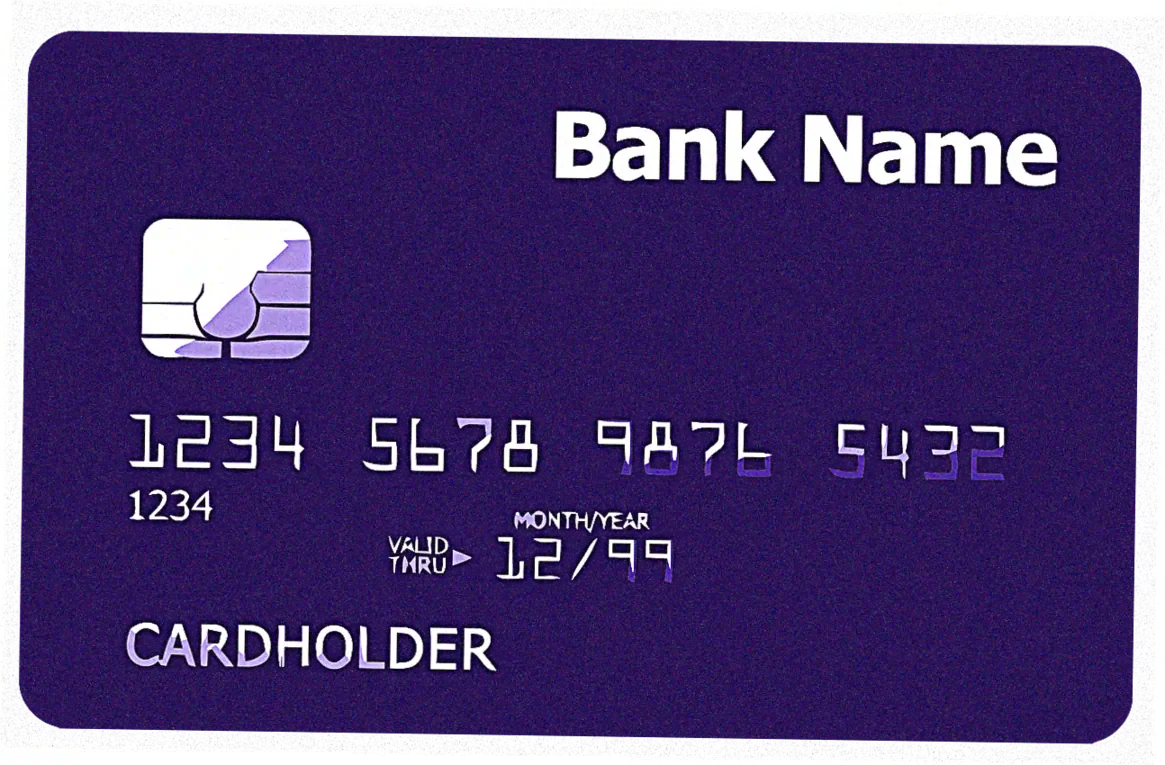
Let’s talk about how to max out your SkyMiles earnings and make the most of your redemption strategies.
First up, everyday spending categories and how you can grab bonus miles.
Here’s a pro tip: Delta SkyMiles cards give you more miles on Delta buys—usually 2 to 3 miles per dollar spent. The Platinum Card is even better—it throws in extra miles for dining and groceries, which is perfect for families.
Say you spend $1,000 a month on groceries—that’s 3,000 miles right there, way faster than regular cards. To really max it out, use your card just for Delta flights and supermarket trips.
Now, redeeming your miles smartly is key. Domestic economy flights get you around 1.2 cents per mile, but premium cabins can go over 2 cents. Book early during busy times to dodge high prices.
Also, use Delta’s partners like Air France-KLM to score better deals on international trips. Steer clear of wasting miles on stuff like magazines—you’ll get less than half a cent per mile.
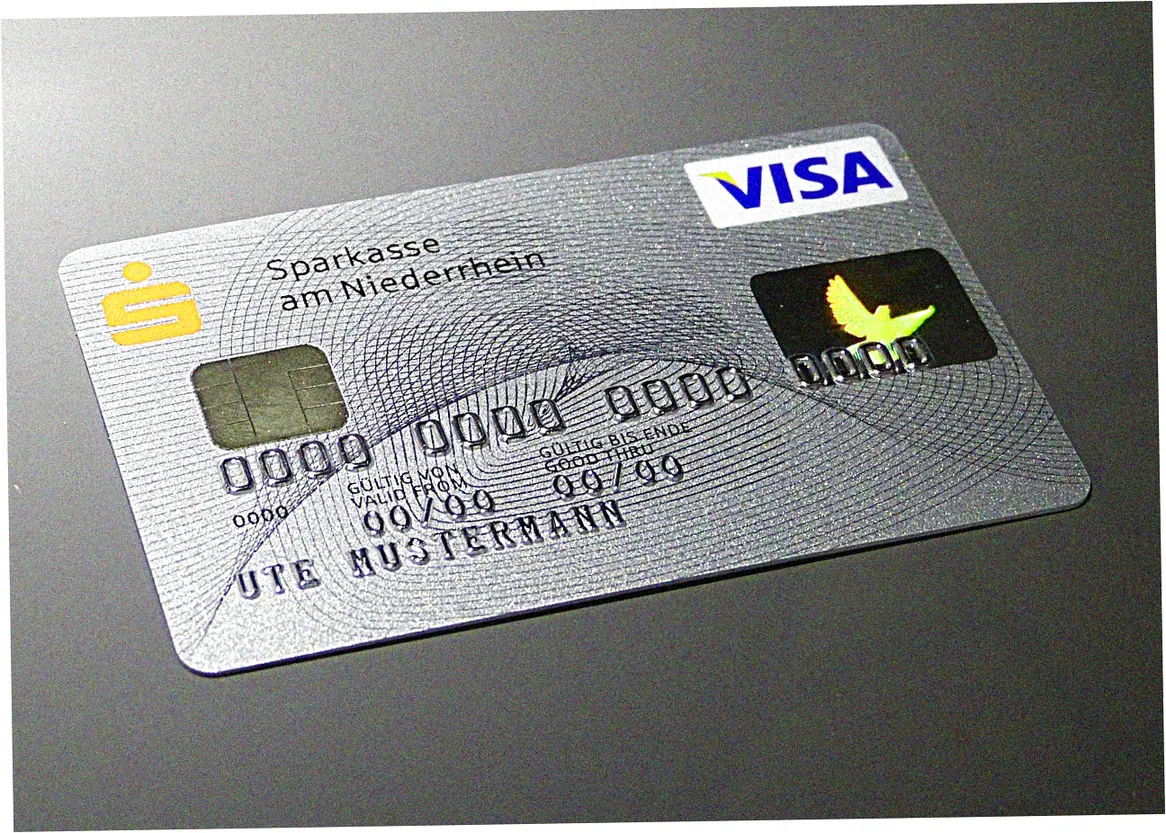
Next, let’s dive into boosting your Medallion Status and earning MQMs.
With the Platinum and Reserve cards, you can earn MQM boosts when you hit spending goals. Spend $25K a year, get 10,000 MQMs—up to four times. This is huge for reaching Silver, Gold, or Platinum status, which comes with sweet perks like free upgrades.
For example, if you spend $100K a year on the Reserve Card, you’ll bag 40,000 MQMs—enough for Silver status without even flying.
Take a business traveler spending $50K a year on the Platinum Card—they’ll get 20,000 MQMs, plus flight MQMs, to hit Gold Medallion. That status gets you Sky Priority boarding, no fees, and better upgrade chances. But don’t overspend just for MQMs—stick to your normal business expenses.
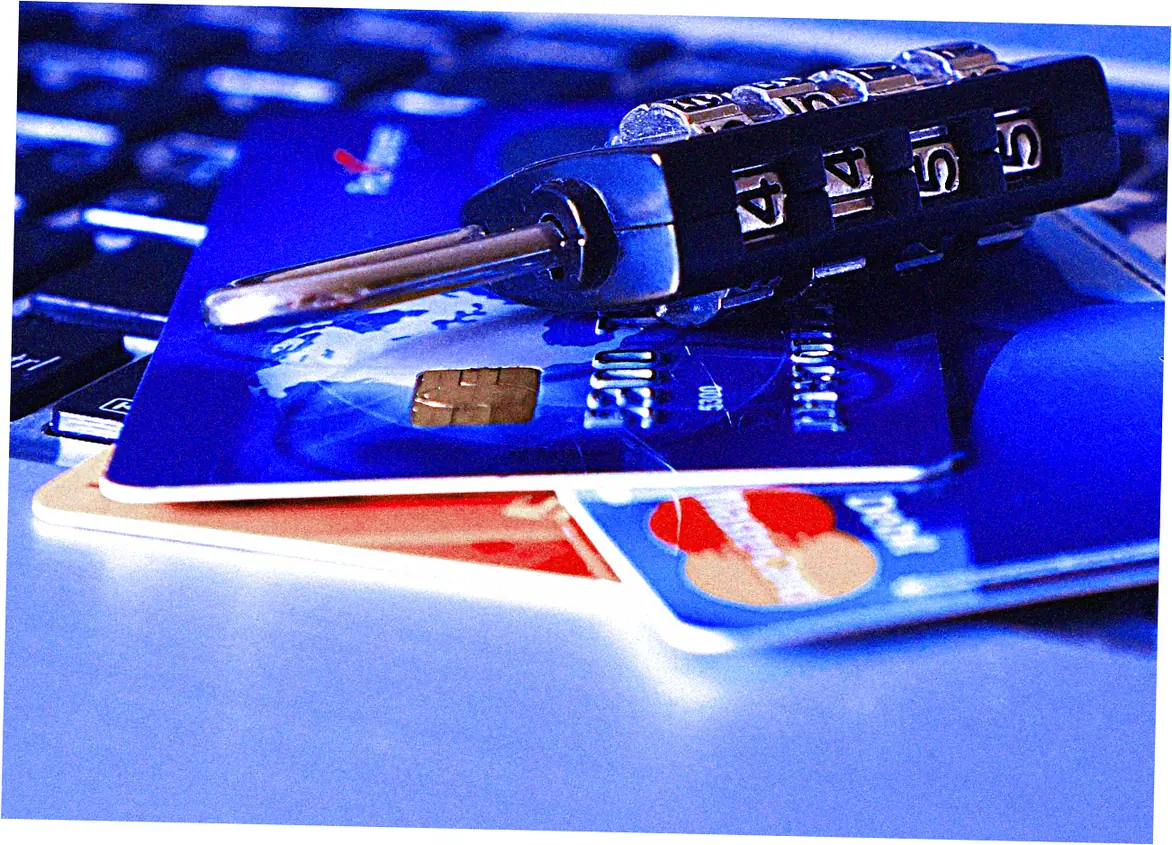
Annual Fees, Waivers, and Cost-Benefit Analysis
First-Year Fee Waivers and Long-Term Value
Fee Waiver Strategies: Lots of Delta cards waive the fee in the first year, especially the Gold Delta SkyMiles Card. But that free year often comes with a smaller sign-up bonus. You gotta think about the long run.
Take the Platinum Card—its $250 fee is worth it if you check bags on more than two round trips a year. Add up what you’ll save on bags, priority boarding, and companion passes to see if it’s really a good deal.
| Card | Annual Fee | Value from Bags (2 RT/year) | Companion Certificate Value | Net Annual Cost |
|---|---|---|---|---|
| Gold Delta | $99 | $120 | N/A | -$21 |
| Platinum
Delta |
$250 | $120 | $200 | -$70 |
| Reserve | $550 | $120 | $200 | -$230 |
Break-Even Analysis: The chart shows all three cards can actually save you money if you use them regularly. For the Reserve Card, those savings include Sky Club access—worth about $50 a pop—if you go five times a year.
Keep an eye on how you use your perks. If you don’t use that companion certificate, you’re basically leaving money on the table.
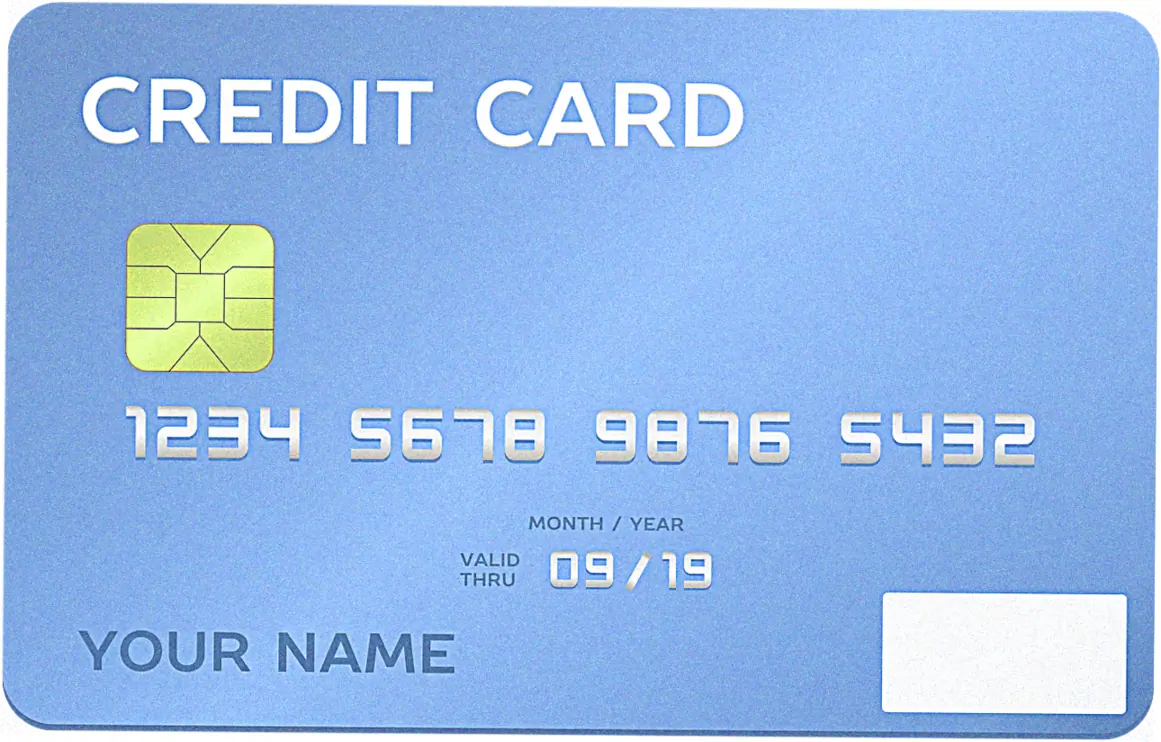
Downgrading and Upgrade Strategies
Path Optimization: If the annual fee gets too high, you can always downgrade to the no-fee Delta Blue Card. You’ll keep your miles and pay nothing. Just know—downgrading means you’ll miss out on upgrade bonuses later.
Or, upgrade when you get a special offer with extra miles. Like moving from Gold to Platinum could score you 20,000 miles. If you run into trouble with fees or can’t downgrade, you might want to talk to a credit card lawyer.
Timing Considerations: Don’t cancel your card before the anniversary date, or you might have to give back your welcome bonus. Instead, wait till you get your yearly benefit—like the companion ticket—then downgrade.
Say you use the certificate in January—then downgrade in February. You skip the next fee and still get the most out of your card.
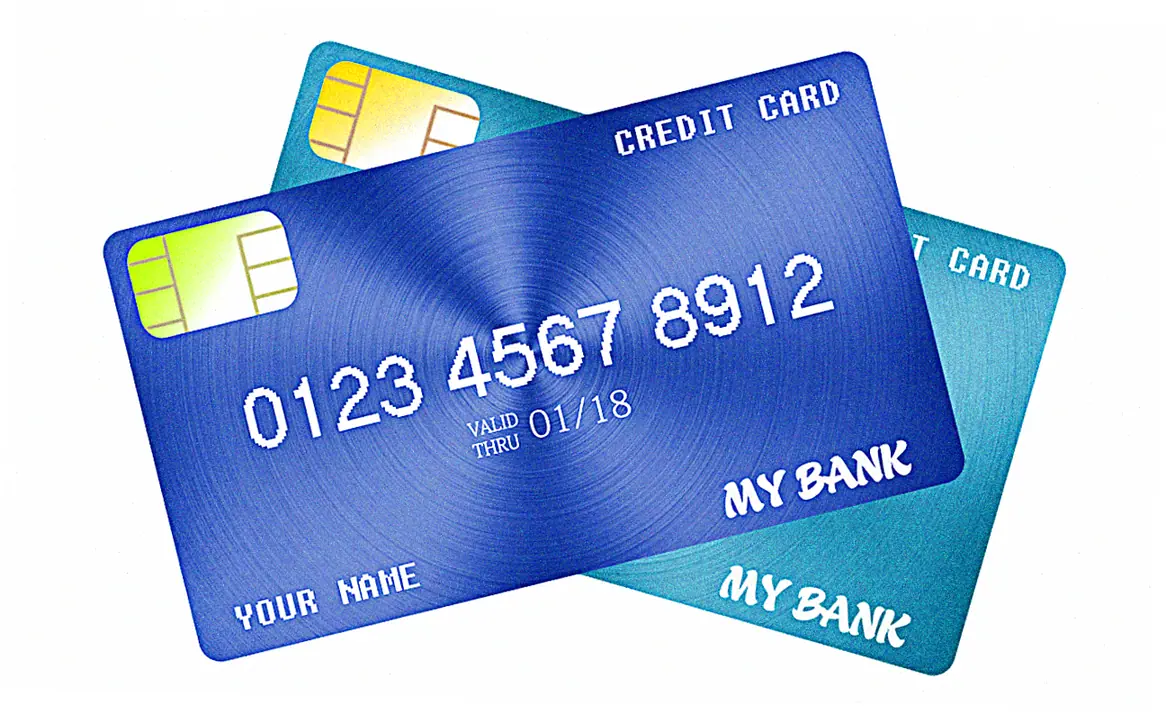
Let’s talk about balance transfers, APR, and how to manage your money.
First up: balance transfers – what’s possible and what to watch out for.
Here’s the thing: Delta SkyMiles cards usually don’t let you do balance transfers. They’re really meant for spending and earning rewards, not for helping you consolidate debt. If you’re carrying a balance, you should look at a low-APR card first.
Those high-reward cards often have APRs over 20%. For example, moving your balance to a card like the Gold Royal Trust Credit Card with a 0% intro APR can save you on interest. That way, you can focus on grabbing travel rewards separately.
Heads up: if you carry a $5,000 balance on a Delta card with a 22% APR, you’ll pay about $1,100 a year just in interest. That wipes out any travel rewards you earn. So always try to pay off your full balance each month.
If you’re dealing with debt, talk to a credit card attorney about negotiation strategies before you even think about rewards.
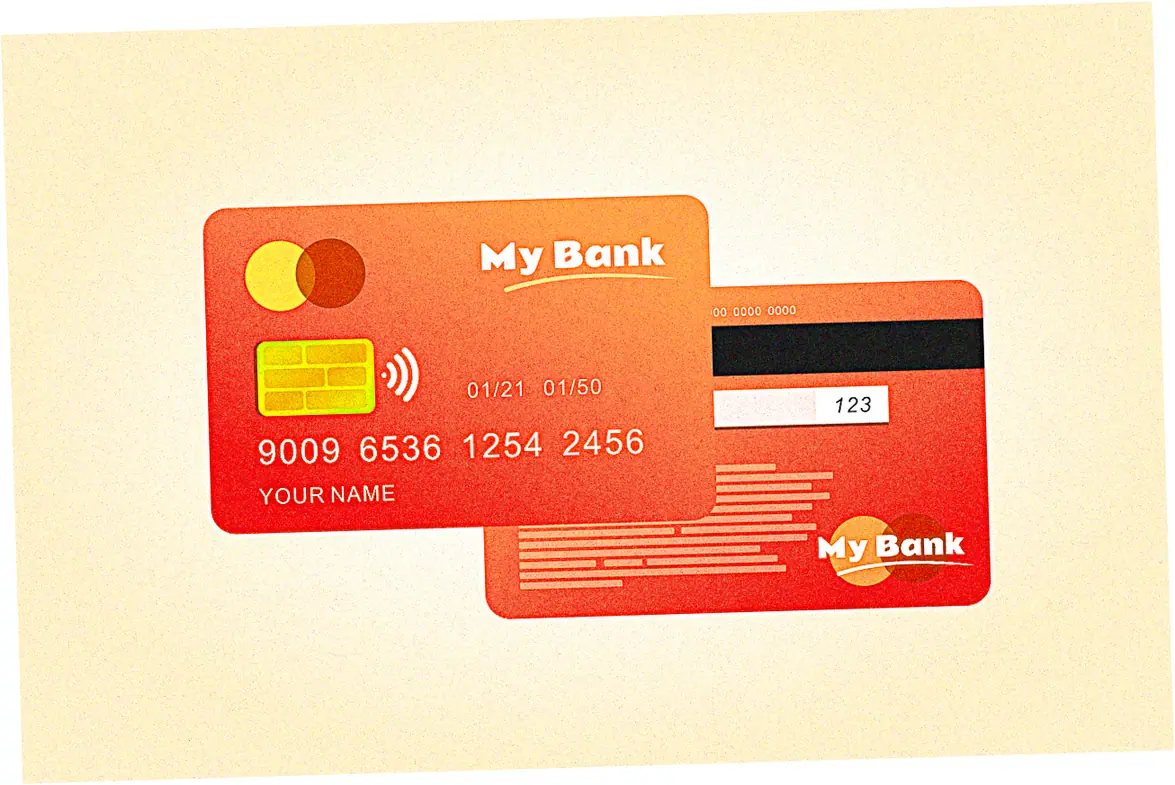
Now, let’s chat about how this affects your credit score and how to apply smartly.
When you apply for a card, it causes a hard inquiry on your credit report. That usually drops your score by 5 to 10 points for a bit. Only apply for Delta cards when your score is solid – think above 700 – to avoid getting turned down.
Wait about six months between applications to keep the impact low. For instance, get the Gold Card, hit that welcome bonus, then go for the Platinum Card later. You’ll maximize bonuses and keep your credit healthy.
Keep your credit utilization under 30% to maintain a good score. Going for a big welcome bonus might temporarily push your utilization up, but if you pay early, you can keep it in check. Set reminders so you never pay late – those fees hurt, and they can damage your credit score too.
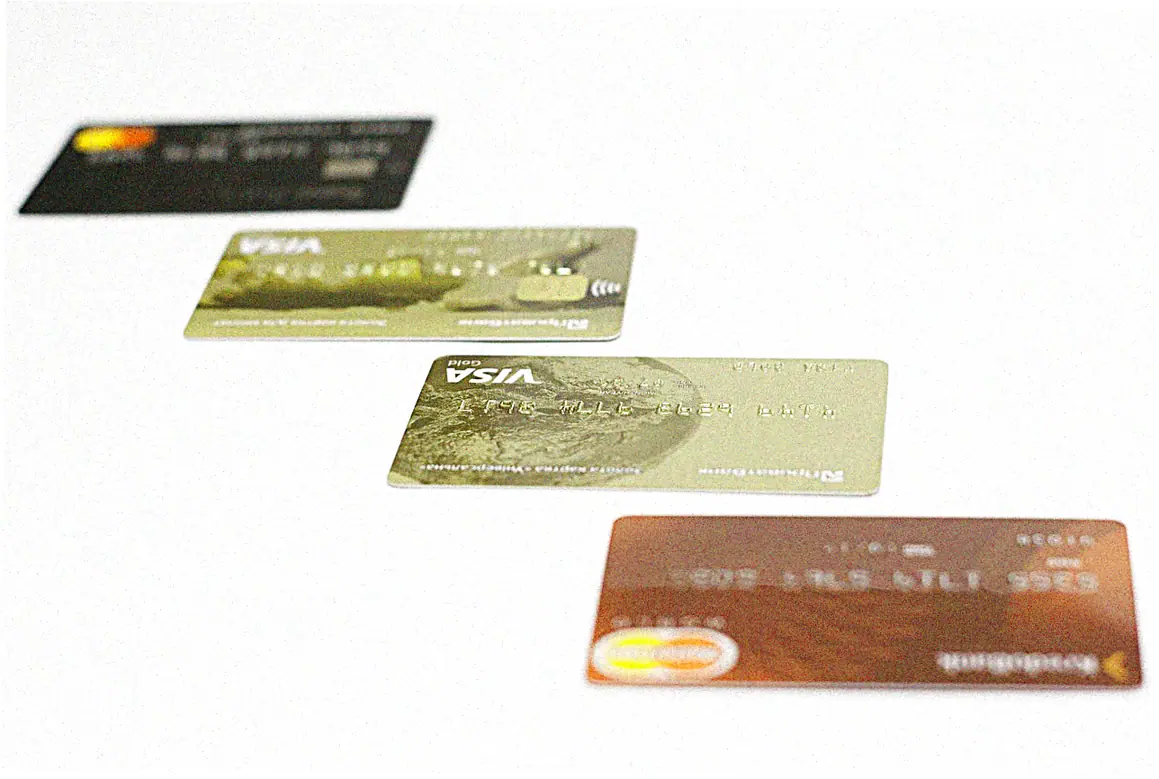
Let’s compare the best SkyMiles credit card with other travel cards out there.
So, how do Delta cards stack up against general travel cards?
General cards, like the Chase Sapphire Preferred, are super flexible. They let you transfer points to lots of different airlines. But if you’re a loyal Delta flyer, a Delta SkyMiles card is hard to beat.
You get awesome perks like free checked bags and priority boarding. Think about a family that spends $500 a year on baggage fees. They’d save more with a Delta card’s free bags than with $300 worth of flexible points.
| Card | Annual Fee | Delta Perks | Point Value |
|---|---|---|---|
| Delta Platinum | $250 | Free bags, MQMs | Not really |
| Chase Sapphire | $95 | None for Delta | 1.25 to 2 cents each |
So, if you only fly Delta, the best SkyMiles credit card gives you solid, concrete savings. But if you fly with different airlines, those flexible points are probably a better deal for you. Just take a look at your travel habits each year to figure out which one is right for you.
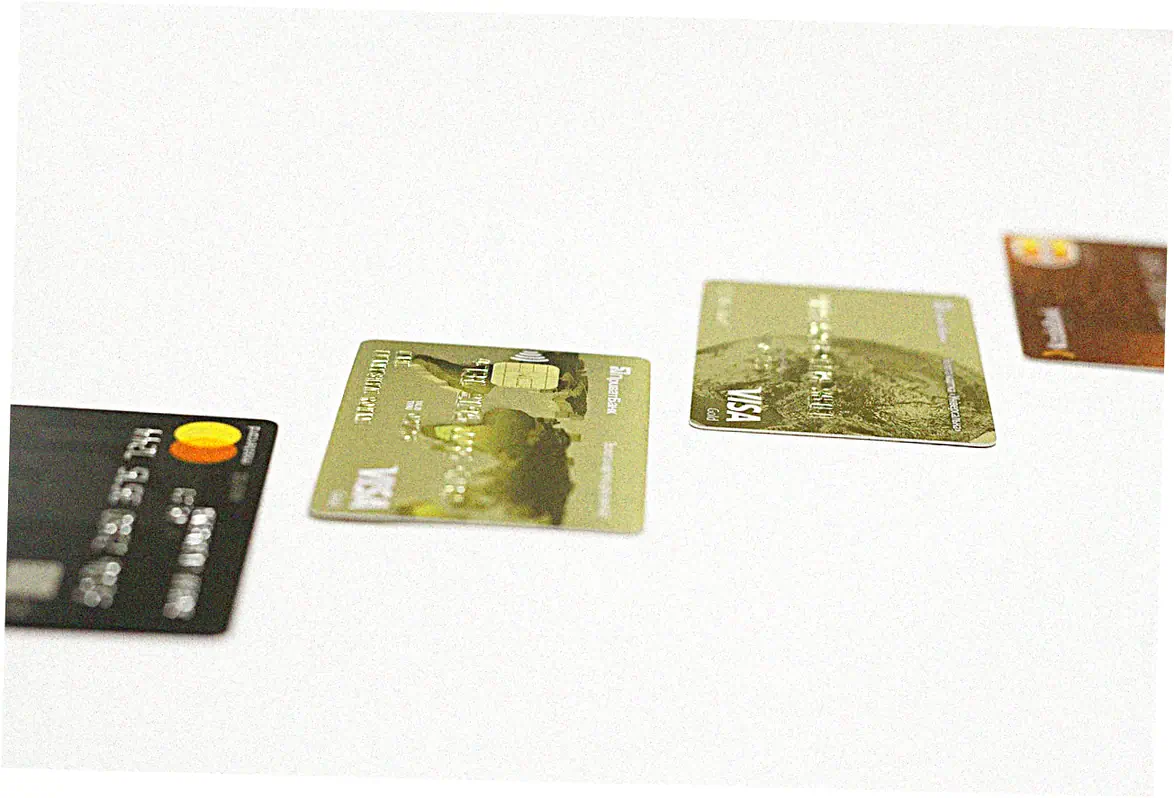
Don’t forget, you can use your SkyMiles with partner airlines too.
Your miles aren’t just for Delta. You can also use them on partners like Air France, KLM, and Virgin Atlantic. For instance, a round-trip to Europe could cost 50,000 miles with Air France but 60,000 if you book directly with Delta. Always check partner sites to find the best value for your SkyMiles.
Here’s a sweet spot: sometimes using Virgin Atlantic to book a Delta flight uses fewer miles than booking with Delta itself. You can find these deals by looking at Delta’s partnership chart.
Just remember, booking with a partner might mean you can’t make same-day changes or get upgrades. So you have to decide what’s more important: saving miles or having flexibility.
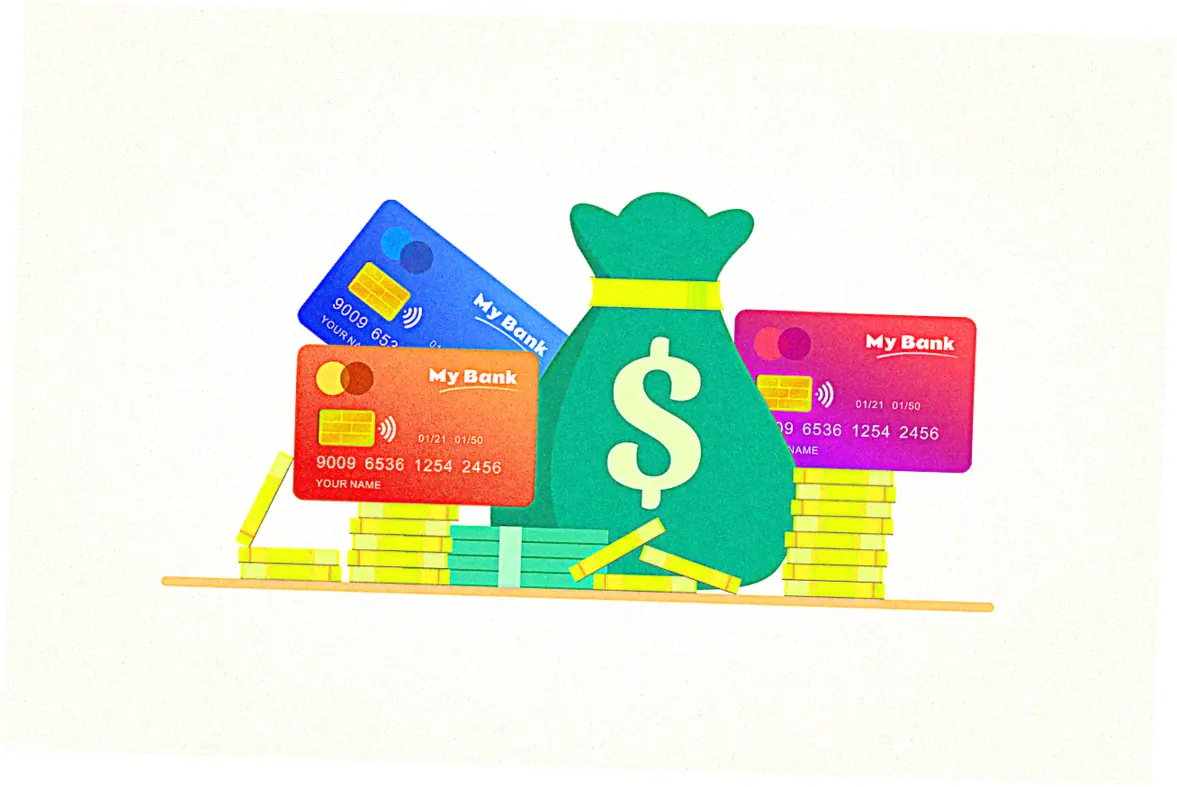
Let’s talk about sustainable travel and ethical choices.
First up: carbon offsets and green initiatives.
Delta lets you use your SkyMiles to buy carbon offsets. That way, you can help the environment. They’re aiming to go carbon neutral by 2030. That fits right in with today’s ethical travel trends. When you earn miles from daily spending, you’re indirectly supporting these green efforts.
About card sustainability: Amex makes cards from recycled materials. That cuts down on plastic waste. Picking a Delta card backs these efforts. It adds an ethical side to your money decisions.
Now, onto community impact and using your card wisely.
Delta teams up with local communities near its hub airports. This helps boost local economies. When you use your card for Delta flights, you’re helping these partnerships grow. But don’t overspend! Using credit responsibly keeps your finances healthy. You still support bigger initiatives.
Here’s what you can do: set spending limits that match your budget. Use tools like Amex’s spending alerts to keep an eye on your purchases. Remember, those rewards only really pay off if you’re not carrying debt.
Conclusion and Next Steps
Picking the best SkyMiles card really comes down to how often you travel, how you spend your money, and if you want those fancy extras.
For most folks, the Delta Platinum Card hits the sweet spot. You get solid benefits without shelling out for the Reserve’s hefty annual fee. Just figure out if it’s worth it for you, and whatever you do,
don’t carry a balance—that’s how you really get the most from your rewards. Try to apply when the welcome bonus is super high, and use those MQM boosts to help you reach elite status faster.
Head over to Delta’s website to check out your options and pick the card that’s the best fit for your travel plans.
Here are some common questions people ask
Wondering which Delta SkyMiles card works best if you’re just starting out?
The Gold Delta SkyMiles Card is great for beginners. It has a lower annual fee and comes with simple perks – you get free checked bags and priority boarding Plus, the welcome bonus is pretty easy to hit. That makes it a low-risk way to get into travel rewards
Can you actually use Delta SkyMiles for hotels or renting a car?
Yes, but you don’t get good value. Usually less than half a cent per mile You’re always better off using miles for flights Stick to Delta flights or their partner airlines to get the most from your miles
What’s the trick to avoiding annual fees on Delta cards?
You can downgrade to the no-fee Delta Blue Card before they charge the annual fee But then you lose all the premium benefits Another option – make the fee worth it by using perks like free bags and companion tickets
If I cancel my Delta card, what happens to all my miles?
Your miles stay in your SkyMiles account as long as the account stays active Just make sure you earn or use some miles every two years so they don’t expire Canceling the card itself doesn’t touch your miles